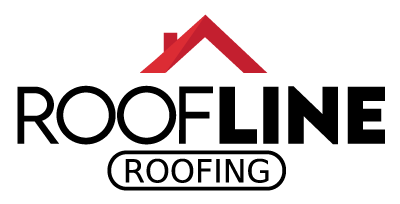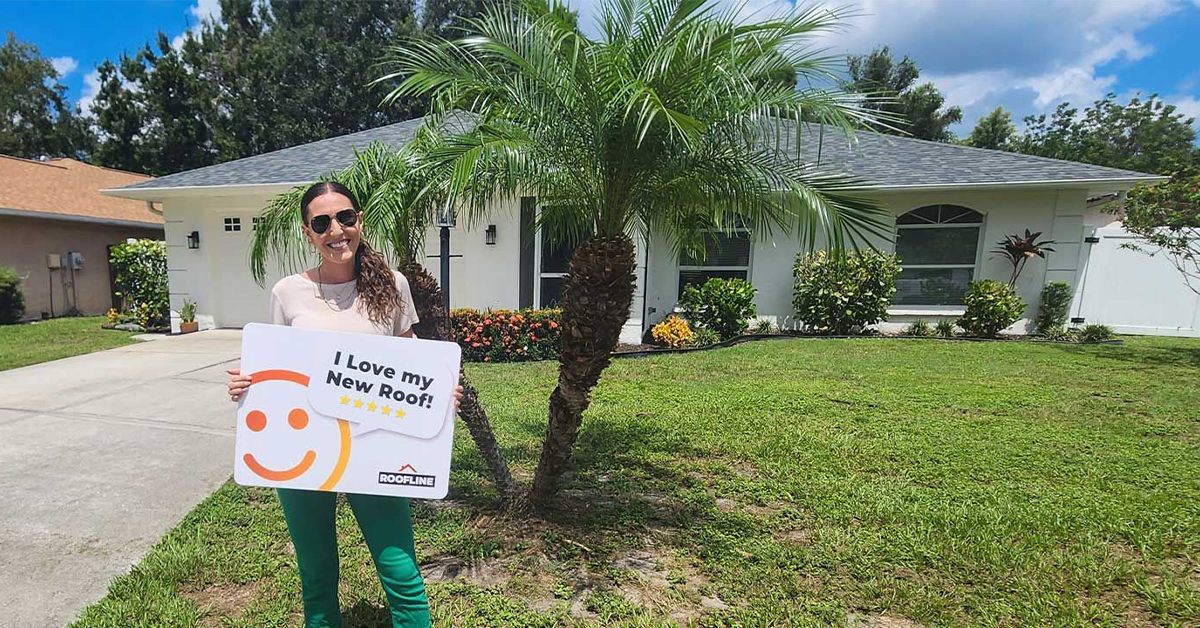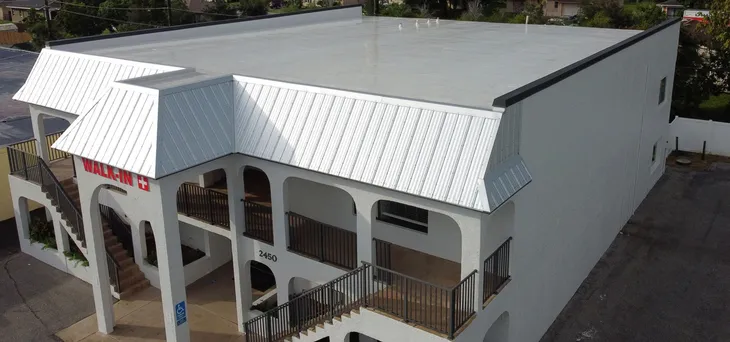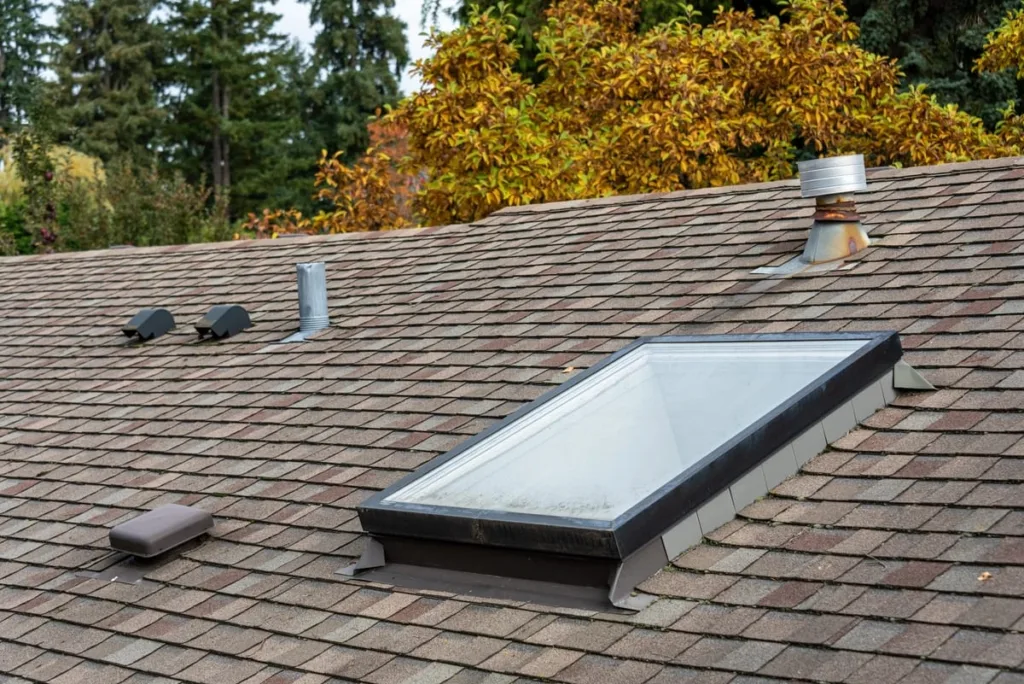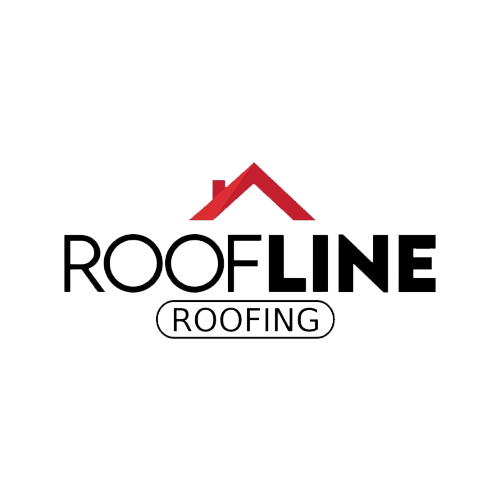
In the storm-prone environment of South Florida, a solid understanding of wind uplift is crucial for both residential homeowners and commercial property managers. The dangers posed by hurricanes and high winds underline the need for robust roofing solutions. Wind uplift, the term for the upward force impacting roofs during extreme weather, can cause significant structural damage if not adequately addressed. It leads to costly repairs and potential operational disruptions for businesses and homeowners alike.
To mitigate these risks, adopting effective strategies in roofing design and maintenance is imperative. Whether you’re installing fortified roofing materials or ensuring precise installation practices, every step contributes to a structure’s resilience. In regions like Palmetto and Parrish, property managers and homeowners must prioritize roofing systems engineered to withstand nature’s powerful forces. By focusing on critical aspects such as roof design, material choice, and regular inspections, you can safeguard investments and ensure safety amidst South Florida’s volatile weather conditions.
Concepts Explained: What Is Wind Uplift and Why It Matters
Wind uplift is a significant concern for any roofing system, particularly in areas like Palmetto, South Florida, where hurricanes and strong winds are part of the climate. Understanding wind uplift and its implications on roofing can help protect buildings from potentially severe damage. At its core, wind uplift refers to the upward force that impacts a roof during high winds. This force can weaken the roof’s structure or, worse, tear it away entirely.
To understand how wind uplift occurs, consider how wind flows over a building. When wind hits the side of a structure, it is forced upward over the roof. As it moves over the roof’s surface, wind creates an area of lower pressure above the roof than inside the building. The pressure difference can cause sections of the roof to lift off if not properly secured. This concept stems from Bernoulli’s principle, a well-known scientific theory that explains how varying pressure affects fluid flow, including air.
The effects of wind uplift can be devastating. According to research from the Federal Emergency Management Agency (FEMA), every year, high winds are responsible for significant property damage, costing billions of dollars nationwide. For business owners, such damage can mean costly repairs, potential temporary closures, and other consequential financial losses.
The importance of high wind uplift resistance in Palmetto cannot be overstated. Roofing designed to withstand these forces ensures enhanced safety and durability, and often translates to lower insurance premiums. For businesses, such a roof directly protects their critical infrastructure and investments.
One of the primary methods to combat wind uplift is through proper installation practices. The National Roofing Contractors Association (NRCA) highlights that improper installation is a frequent cause of roofing failure.
Here are some practical strategies to enhance wind uplift resistance:
1. Utilizing Mechanical Fasteners: These fasteners secure roofing components far more effectively than adhesives alone. Mechanical fasteners should be strategically placed to ensure the roof can withstand high winds.
2. Selecting Appropriate Roofing Materials: Materials like reinforced membranes or shingles with high wind ratings can offer better resistance. Look for materials that have been tested and rated by recognized entities such as the American Society of Testing and Materials (ASTM).
3. Enhanced Edge Securements: The edges of a roof are particularly vulnerable to wind uplift. ANSI/SPRI ES-1 is a standard suggesting methods for testing and securing roof edges. Ensuring these areas are fortified can prevent significant damage during a storm.
4. Regular Roof Inspections: Routine maintenance and inspections help identify weak spots before they become serious issues. Enlisting professional roofers for these checks ensures quality and reliability.
5. Professional Roofing Assessment: Consider hiring a licensed professional with experience in high wind conditions to assess your current roofing system if you are uncertain of its capacity to withstand significant wind uplift. These experts can recommend upgrades or changes tailored to local weather patterns and building specifics.
6. Roof Design Considerations: The architectural design of a roof also plays a role in how well it can withstand wind uplift. Low-slope roofs or those with parabolic curves can offer better resistance compared to steeper designs, which catch the wind more readily.
Business owners and residential homeowners can also refer to guidelines from the Florida Building Code, which includes specific requirements tailored to address the high wind conditions expected in regions like Palmetto. Compliance with these regulations not only offers peace of mind but can also lead to financial incentives from insurance companies.
Understanding wind uplift resistance and its implications is crucial for maintaining the integrity of roofs in Palmetto. By implementing these measures, homeowners and business managers can significantly reduce risk, ultimately safeguarding their property and investment against South Florida’s volatile weather conditions.
Designing for Resistance: Key Features of Wind-Resistant Roofs
Designing roofs to stand up against harsh winds is critical, especially in storm-prone areas like Parrish, South Florida. Wind-resistant roofing systems are engineered with specific features to combat the forces of robust winds, minimizing the risk of damage and prolonging the lifespan of the building. Key features of wind-resistant roofing can make all the difference when fierce storms batter structures. Understanding these elements can help homeowners and business owners alike make informed choices.
One of the most significant components in wind-resistant roofing is the use of reinforced materials. Roofing materials engineered to resist high winds, like impact-resistant shingles or metal panels, provide a formidable first line of defense. For instance, shingles with a high wind rating typically adhere more firmly to the roof deck, reducing their chances of lifting. These materials have often undergone stringent testing to ensure they withstand conditions akin to a hurricane, a standard supported by organizations like the American Society of Testing and Materials (ASTM).
The design of roofs is another pivotal factor. Roofs with a low slope are less susceptible to wind damage compared to steep-pitched roofs. The angle of a steep roof can catch the wind, much like a sail, increasing the likelihood of wind uplift. Low-slope designs allow the wind to flow over structures more smoothly, thereby absorbing less impact. Additionally, hip roofs, which have four sides, offer better wind resistance than gabled roofs due to their aerodynamic shape, dispersing wind pressure more evenly across the structure.
Incorporating specialized fastening systems is also crucial. Strong mechanical fasteners or hurricane ties help secure shingles and panels to the roof decking, providing additional stability. Techniques like doubling up on fasteners at roof edges can dramatically enhance wind resistance, preventing one of the most common sites for wind uplift damage. According to experts from the National Roofing Contractors Association (NRCA), ensuring that fasteners are placed at more frequent intervals and with greater depth can prevent catastrophic failures during severe weather.
Roof overhangs and eaves should not be overlooked in design considerations. Excessively large overhangs can act like wings and catch wind forces, potentially loosening or ripping sections of the roof away. By designing modest eaves or reinforcing them through bracing methods, the roofs can better manage wind stress.
Incorporating a high-quality underlayment is another step towards robust wind resistance. This layer, placed beneath the roofing material, acts as a secondary barrier to the elements. When winds lift shingles, an effective underlayment can help prevent water infiltration and further protect the roofing structure. Modern synthetic underlayments offer superior wind resistance compared to traditional felt products, enduring longer and proving crucial when the top layers are compromised.
Finally, continual advancements in roofing engineering, like self-adhesive shingles and interlocking tile designs, offer promising solutions to wind uplift issues. These innovative designs add a level of adhesion and interconnectivity that strengthens the roofing system against wind shear forces.
By understanding and incorporating these key features, home and business owners in Parrish can significantly bolster their building’s resilience against wind damage. While initial costs may appear higher, the long-term savings from prevented damage and potential lowered insurance premiums often justify the investment. This proactive approach ensures that property managers and homeowners rest easy during hurricane season, knowing their buildings are properly fortified against South Florida’s extreme weather.
Each step taken to design a wind-resistant roof emphasizes the necessity of thoughtful planning and strategic implementation, building a robust and durable shield against nature’s unpredictability.
Inspection Protocols: Testing and Ensuring Adequate Resistance
Ensuring a roof can withstand wind uplift isn’t only about selecting the right materials or applying the best installation techniques. It also involves regular inspection protocols that test and verify the roof’s resilience over time. For businesses in particular, commercial roofing inspection in Osprey should be a critical part of any maintenance schedule. The best practices outlined below offer practical steps to ensure that your roofing system remains in optimal condition and capable of resisting wind damage.
A comprehensive roofing inspection begins with a visual assessment. This step involves scanning for visible signs of wear and damage, such as loose or missing shingles, cracks, or exposed underlayment. An experienced inspector will also identify debris that might have accumulated over time, as this can obstruct proper water drainage and retain moisture, leading to material weakening. Paying attention to these visible indicators is the first line of defense in assessing wind uplift resistance.
Beyond the surface, inspect the fasteners. Ensuring mechanical fasteners are secure is crucial because these components are fundamental in holding the roof in place against strong winds. Over time, fasteners can become loose due to thermal expansion, contraction, or previous wind damage. Verifying their integrity helps maintain the roof’s resistance to wind uplift. In particular, the focus should be on the roof’s edges and corners, as these are the most vulnerable areas. If inspections reveal any movement or wear, immediate corrective actions should be taken to reinforce these critical points.
Another element of effective inspection protocols is conducting moisture surveys. Excessive moisture within roofing materials can compromise structural integrity and adhesion. Moisture-mapping technologies, such as infrared thermography, can identify areas of trapped moisture within the roof without causing damage. This advanced diagnostic technique offers a detailed view of potential problem areas, enabling preemptive actions before significant issues arise.
Conduct regular uplift tests to verify the roof’s capacity to withstand wind forces. Methods such as the ASTM E907 standard test can evaluate the roof membrane’s attachment strength. It involves applying a controlled uplift force to sections of the roof to assess how well it holds up. If test results highlight weaknesses, reinforce or replace roofing elements to enhance the overall structure.
It’s also vital to review and update wind load calculations regularly. Roofs are initially designed based on specific wind load assumptions, but changes in structural surroundings, like new neighboring buildings, can alter wind dynamics. Keeping calculations current ensures that any potential vulnerabilities are addressed promptly.
Finally, document every inspection and test thoroughly. Recording the results of each inspection, along with any repair work undertaken, creates a maintenance history that can aid in future inspections and decision-making. It also serves as vital evidence for insurance claims should wind damage occur.
Implementing an organized series of inspection protocols ensures ongoing resistance against wind uplift. Property managers and owners in Osprey can find reassurance in consistent evaluations, knowing their roofing systems are prepared to face South Florida’s unpredictable weather patterns, safeguarding assets and operations alike. Regular professional inspections not only guarantee roofs stay fit for purpose but also uphold compliance with local regulations and wind-resistance standards, fostering peace of mind and financial prudence.
You might be asking
What is wind uplift resistance in roofing, and why is it important?
Wind uplift resistance refers to a roof’s ability to withstand pressure from wind forces attempting to lift it off the building. It is crucial because insufficient wind uplift resistance can result in roof damage or failure during strong winds, leading to costly repairs and potential safety hazards.
How can I determine if my commercial roof meets wind uplift standards?
To determine if your commercial roof meets current wind uplift standards, review the original installation documentation for compliance with local building codes. You can also consult with a qualified roofing professional who can assess the roof’s condition and provide recommendations based on your area’s wind zone requirements.
What steps can be taken to improve wind resistance in existing roofs?
Improving wind resistance in existing roofs can involve several steps such as reinforcing roofing materials, securing loose shingles or panels, applying wind-rated adhesives or fasteners, and ensuring the roof meets updated building codes. Consulting with a roofing expert can provide specific solutions tailored to your roof’s needs and conditions.
Next Steps
Taking proactive steps to enhance wind resistance on your roof can save thousands in potential damages and offer long-term security for your investment. By integrating resilient materials, proper installation methods, and a robust inspection routine, you can significantly mitigate the risks associated with South Florida’s wind-prone climate. Regular maintenance ensures your system remains in peak condition, ready to withstand nature’s unpredictability.
If you’re assessing your current roofing system or planning an upgrade, consider a professional consultation to align your roofing strategy with your specific needs and local weather demands. Roofline Roofing offers free consultations to help residential homeowners and commercial property managers in Manatee & Sarasota Counties. Reach out today to learn how we can support your roofing goals with expertise tailored to your environment.
Contact Us
Use the form below to contact us or to schedule a free consultation.
I would highly recommend Roofline Roofing for any roofing needs. As a fellow business owner, their professionalism and efficiency stood out. They provided quality service, completed the job on time, and their pricing was fair. Very satisfied with their work!
-- Logan L.
